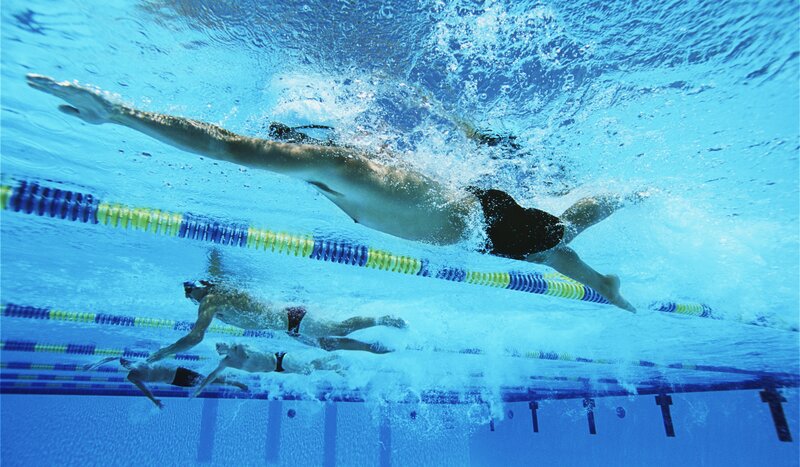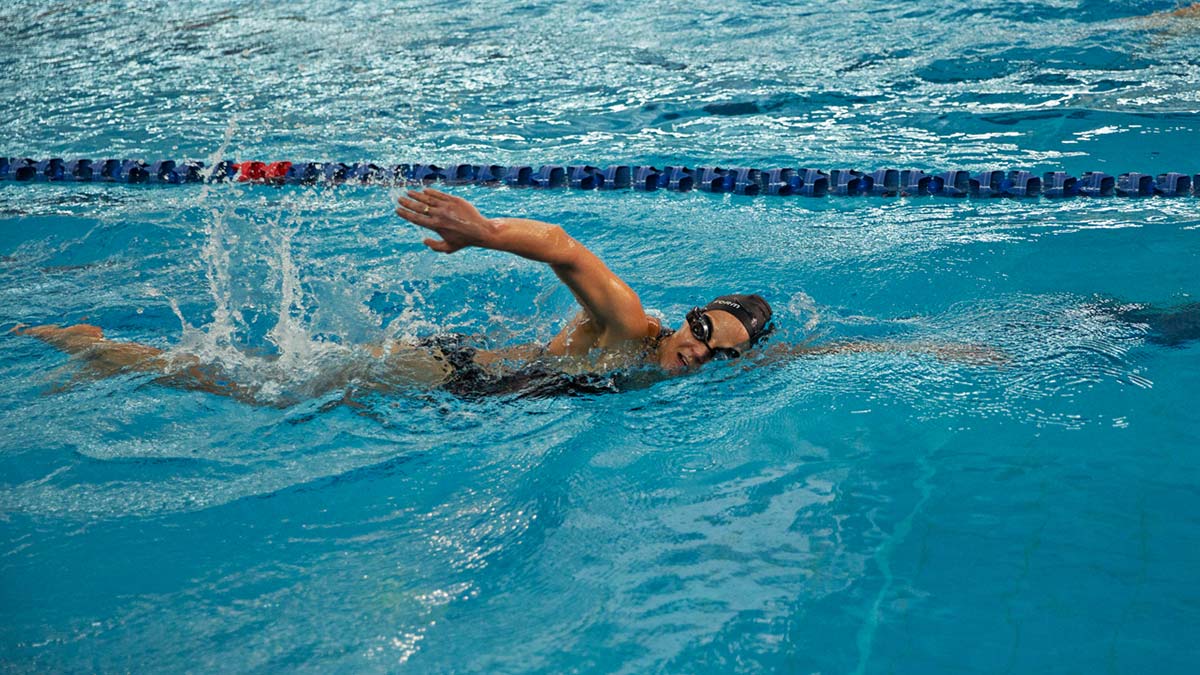The butterfly stroke, known for its powerful undulations and graceful movements, relies heavily on a strong and efficient butterfly kick swimming. Often referred to as the “dolphin kick,” this powerful underwater leg movement propels you forward with each stroke cycle. However, mastering the butterfly kick requires proper technique and focused training. Swim Time Log, your one-stop platform for all things swimming, dives deep into two key drills and common mistakes to help elevate your butterfly kick strength and propel yourself through the water more efficiently.
1. 2 Drills for a stronger Butterfly Kick
Effective butterfly kick swimming drills isolate your leg movements and allow you to focus on specific aspects of the kick, leading to improved technique and strength. Here are two drills to incorporate into your training routine:
1.1. Dolphin Kick Drill
The Basics: This fundamental drill focuses on refining the core movement of the butterfly kick.
Equipment: A kickboard or fins can be used for added resistance, but the drill can also be performed without equipment.
Dolphin kick by Swim Time Log’s coach
Execution:
- Hold the kickboard in front of you with straight arms or streamline your body if using no equipment.
- Keep your head down with a gaze pointed slightly forward.
- Engage your core and hips to initiate a continuous up-and-down kicking motion with your legs together.
- Focus on a smooth wave-like movement originating from your core, not sharp bends at the knees.
- Maintain pointed toes and loose ankles for efficient kicking.
- Practice kicking for short distances (25-50 meters) with controlled breathing, focusing on proper technique.
1.2. One-Arm Butterfly Drill
The Focus: This drill helps improve coordination between your butterfly kick swimming and arm stroke.
Equipment: A pull buoy can be used for added focus on core engagement and body position.
One-Arm Butterfly Drill by Swim Pro’s coach
Execution:
- Hold a pull buoy between your thighs or streamline your body if not using a pull buoy.
- Extend one arm forward with your palm facing down.
- Engage your core and hips to initiate the dolphin kick while simultaneously performing a powerful downward sweep with your extended arm.
- Recover your extended arm back alongside your body while initiating the upward kick motion.
- Repeat the arm pull and kick on the opposite side.
- Practice swimming short distances (25-50 meters) on each side, focusing on coordinating your kick with your arm stroke.
Pro Tip: Remember, consistency is key! Incorporate these butterfly kick swimming drills into your training routine 2-3 times per week and gradually increase the distance as your strength and coordination improve.
Read more: 8 Butterfly Stroke Tips to Help You Improve Your Skill
2. Common Mistakes in Butterfly Kicking
While the butterfly kick appears deceptively simple, several common mistakes can hinder your efficiency and speed. Here are two key points to consider:
2.1. Bending the Knees Too Much
Excessive knee bending creates drag and disrupts the wave-like motion of the kick.

Bending the Knees Too Much
Focus on initiating the kick from your core and hips, allowing the wave to travel down your legs with a slight bend at the knees for optimal flexibility.
Read more: Discover Information About Butterfly Stroke
2.2. Incorrect Timing
The butterfly kick swimming should be synchronized with your arm stroke.
Aim for a powerful kick as your arms recover above the water and a smaller stabilizing kick during the pull phase.

Incorrect Timing
Practice coordinating your kick with your arm stroke using the drills mentioned above.
Read more: Butterfly Arm Stroke Movement
3. Pro Tips for Underwater and Breathing While Swimming Butterfly
3.1. Kick from the Hips, Not from the Knees
As mentioned earlier, the power for the butterfly kick comes from your core and hips. Engaging these larger muscle groups creates a more powerful and efficient kick compared to relying solely on knee flexion.
3.2. Don’t Forget About Your Up Kick
The upward portion of the dolphin kick plays a crucial role in maintaining body position and setting you up for the next powerful downward kick. Focus on a smooth and continuous up-and-down motion, utilizing your core and hips to propel yourself forward.
Above are all 2 exercises that STL wants to share with you. Hopefully, this article can help you gain more useful knowledge to improve your butterfly kick swimming.
AUTHOR
Sang Nguyen
Sang Nguyen is a former national swimmer for Vietnam who has transitioned into coaching. With a passion for fostering a healthy swimming community and connecting like-minded individuals,......Read More
BLOG
Maybe You Are Interested
Butterfly Arm Stroke Movement
The butterfly stroke, with its captivating undulations and powerful movements, requires a refined butterfly arm...
2 Butterfly Kick Swimming Drills: Building Power from the Core
The butterfly stroke, known for its powerful undulations and graceful movements, relies heavily on a...
5 Ways to Improve Your Butterfly Swim Technique
The butterfly stroke, also known as the fly swimming technique, is a captivating display of...
8 Butterfly Stroke Tips to Help You Improve Your Skill
The butterfly stroke, also known as the butterfly swim, is undeniably one of the most...
Discover Information About Butterfly Stroke: From History to Technique and Benefits
The butterfly stroke, also known as butterfly swim or fly swim stroke, is one of...
Competitive Swimmer Diet in Olympics: Fueling Your Gold Medal Dreams
Competitive swimmers push their bodies to the limit, demanding a competitive swimmer diet that provides...